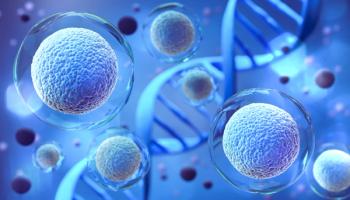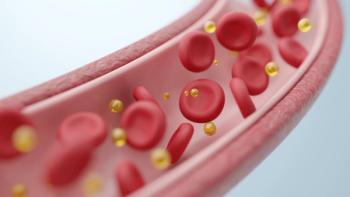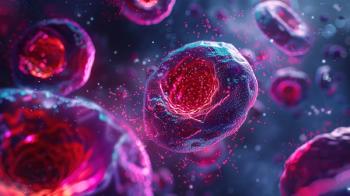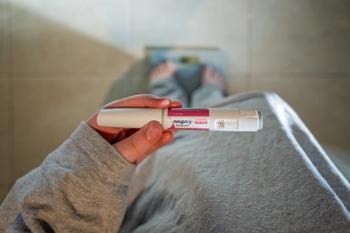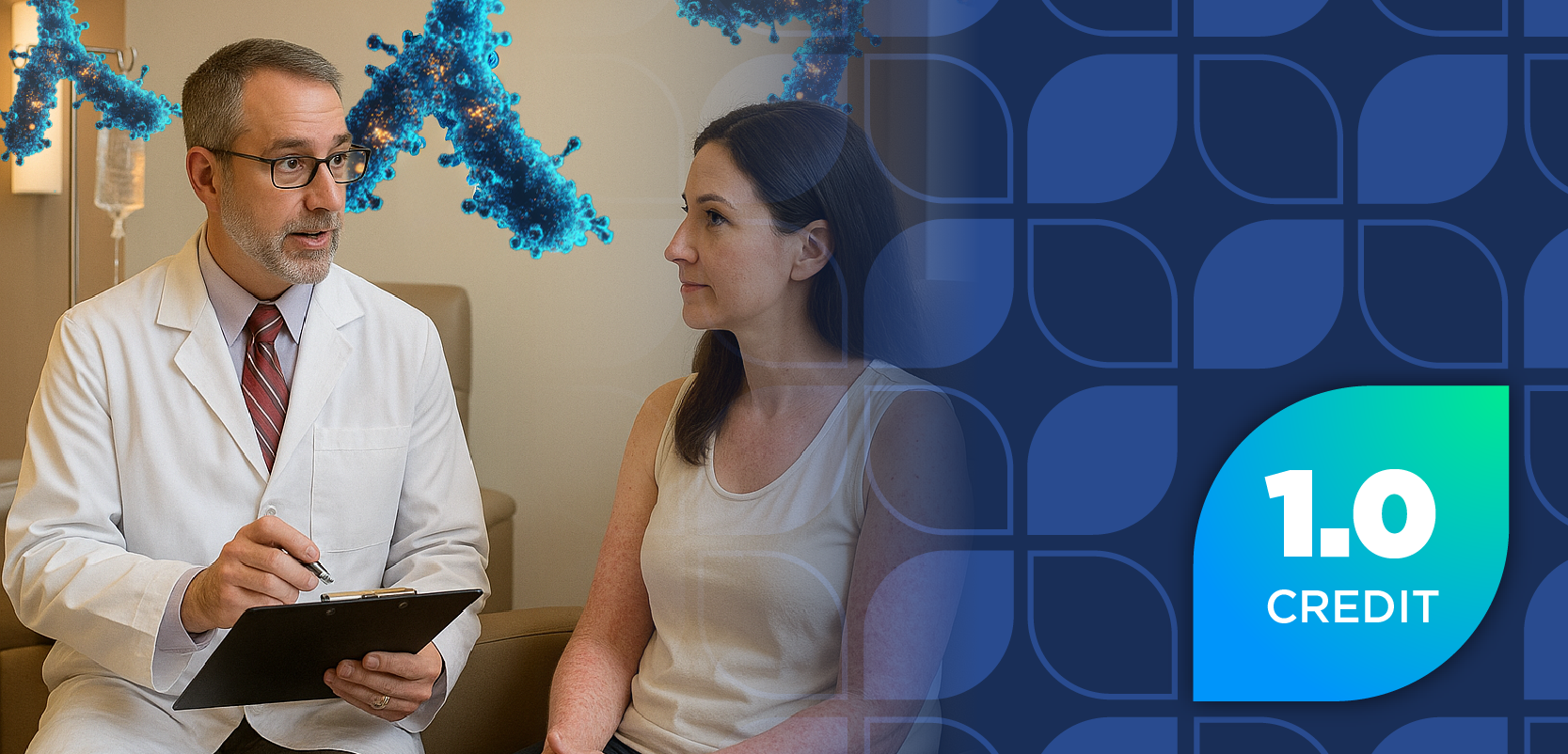
What Pharmacists Need to Know Ahead of USP
Although the proposed USP General Chapter is not anticipated to take effect for at least the next 2 years, an expert panel described how pharmacists can start preparing for the new standards in handling hazardous drugs.
Although the proposed USP General Chapter <800> is not anticipated to take effect for at least the next 2 years, an expert panel at the American Society of Health-System Pharmacists 2014 Midyear Clinical Meeting described how pharmacists can start preparing for the new standards in handling hazardous drugs.
Patricia C. Kienle, MPA, BSPharm, FASHP, director of accreditation and medication safety for Cardinal Health Pharmacy Solutions and a member of the USP Compounding Expert Committee, noted that the scope of USP <800> is wider than that of USP <795> and <797>, but it will be supplementing those standards, rather than replacing them.
According to Kienle, the key elements of USP <800> are:
- Facility design: Hazardous drugs must be stored in negative or normal/neutral pressure, and compounding must be completed in certified biological safety cabinets or compounding aseptic containment isolators in a separate room with negative pressure.
- Garb: Details for personal protective equipment are based on the function being performed
- Cleaning: Deactivation and disinfection with an oxidizer, cleaning with a germicidal detergent, and disinfection with sterile alcohol.
- Administering: Closed-system drug-transfer devices should be used when compounding and shall be used when administering.
While USP <800> is open to public comments through May 31, 2015, Kienle said pharmacists should use that time to become familiar with the proposed publication and its revised list of hazardous drugs.
That updated list is derived from the 2014 National Institute for Occupational Safety and Health (NIOSH) List of Antineoplastic and Other Hazardous Drugs in Healthcare Settings, which added 28 drugs and removed 12 drugs from previous editions, according to Thomas H. Connor, PhD, a research biologist in the Division of Applied Research & Technology at NIOSH.
Dr. Connor explained that the safe handling of hazardous drugs is not a new issue, as the first list with 39 harmful antineoplastic agents was published in 1986. Since that time, NIOSH has expanded the list to include hazardous non-antineoplastic drugs and medications with reproductive effects.
While USP <800> currently cites the NIOSH 2014 hazardous drugs list, Dr. Connor noted that the federal agency is now working on a 2016 update, and a total of 330 drugs have met the criteria for initial review.
Unlike NIOSH, the Joint Commission has not yet moved in the direction of USP <800>, said Jeannell M. Mansur, PhD, FASHP, FSMSO, CJCP, practice leader of medication safety for Joint Commission Resources.
“There is recognition in the Joint Commission that it needs more focus on hazardous drug handling,” Dr. Mansur explained. “Where will the Joint Commission be going with regards to USP <800>? I am not sure.”
Nevertheless, Dr. Mansur said the accreditation program administer has set standards for handling hazardous waste that surveyors can cite noncompliant hospitals for. For instance, the inability to describe spill procedures during the accreditation survey process may result in a finding in the Human Resources chapter, and Leadership standards may be scored for hazardous medication findings.
Newsletter
Stay informed on drug updates, treatment guidelines, and pharmacy practice trends—subscribe to Pharmacy Times for weekly clinical insights.

